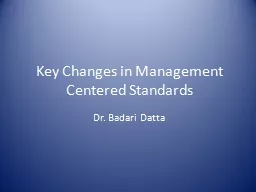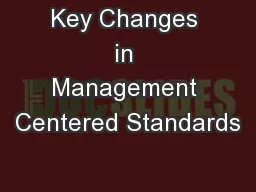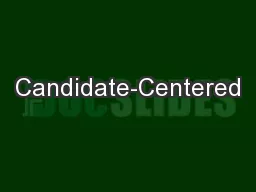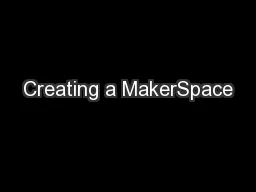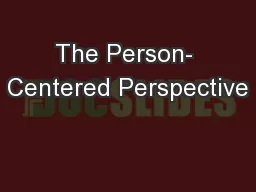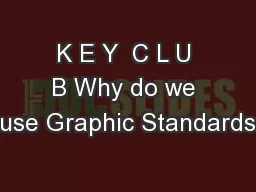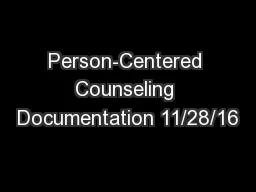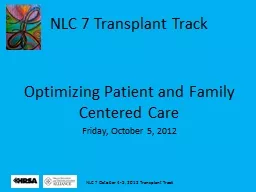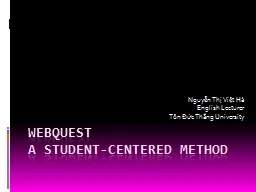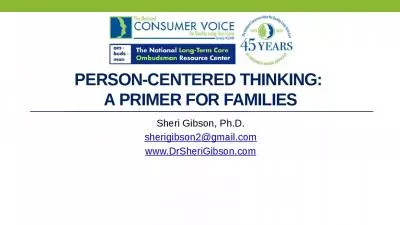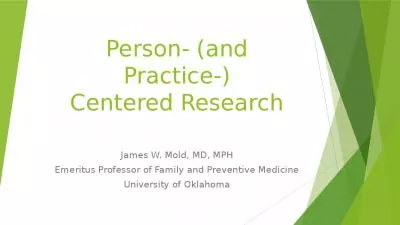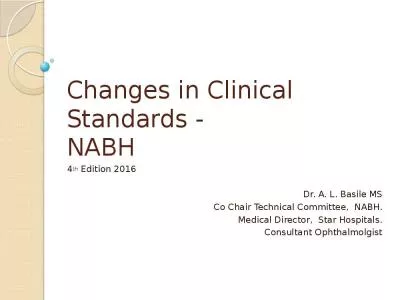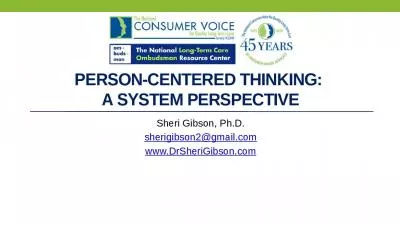PPT-Key Changes in Management Centered Standards
Author : pamella-moone | Published Date : 2017-11-18
Dr Badari Datta Section II Management Centered Standards 3 rd edition 4 th edition Continual Quality Improvement CQI 857 959 Innovation The quality improvement
Presentation Embed Code
Download Presentation
Download Presentation The PPT/PDF document "Key Changes in Management Centered Stand..." is the property of its rightful owner. Permission is granted to download and print the materials on this website for personal, non-commercial use only, and to display it on your personal computer provided you do not modify the materials and that you retain all copyright notices contained in the materials. By downloading content from our website, you accept the terms of this agreement.
Key Changes in Management Centered Standards: Transcript
Download Rules Of Document
"Key Changes in Management Centered Standards"The content belongs to its owner. You may download and print it for personal use, without modification, and keep all copyright notices. By downloading, you agree to these terms.
Related Documents

